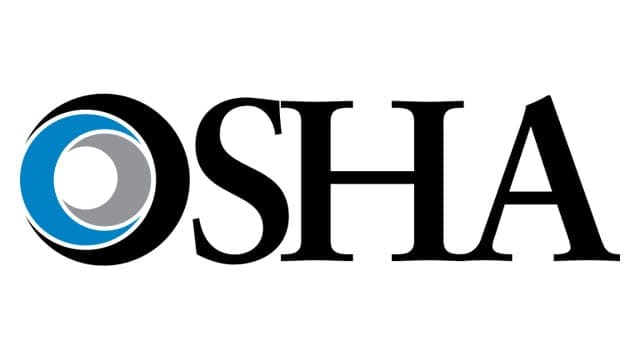Operating scissor lifts carries potential risks that can lead to accidents and injuries if not managed properly. To ensure worker safety, the Occupational Safety and Health Administration (OSHA) has developed guidelines and requirements for the safe operation of scissor lifts in the United States. This article will outline the key OSHA requirements for scissor lifts to promote safe practices and reduce workplace accidents.
Fall Protection
OSHA requires scissor lifts to be equipped with adequate fall protection systems. This includes the use of guardrails, harnesses, and lanyards to prevent workers from falling. Operators and workers must be trained in the proper use of fall protection equipment and ensure that it is always used when working on elevated platforms.
Stability and positioning
Scissor lifts must operate on a stable and level surface to prevent tipping or instability. OSHA requires operators to evaluate ground conditions and ensure proper positioning of the scissor lift prior to operation. If the ground is uneven or unstable, stabilizing devices (such as outriggers) may be required to maintain stability during operation.
Equipment Inspection
Before each use, the scissor lift must be thoroughly inspected for any defects or malfunctions that could compromise safety. The operator should inspect the platform, controls, guardrails, and safety devices to ensure proper operation. Any identified problems should be addressed immediately, and the lift should not be used until repairs are completed.
Operator Training
OSHA requires that only trained and authorized operators operate scissor lifts. It is the employer’s responsibility to provide a comprehensive training program that includes safe operating procedures, hazard recognition, fall protection, emergency procedures, and equipment-specific training. Refresher training should be provided periodically to maintain competency.
Load Capacity
Operators must adhere to the rated load capacity of the scissor lift and never exceed it. OSHA requires employers to provide clear load capacity information about the equipment and to train operators on proper load distribution and weight limits. Overloading can cause instability, collapse, or tip-over, posing a significant risk to worker safety.
Electrical and Mechanical Hazards
Scissor lifts often operate on electricity, exposing operators and workers to potential electrical hazards. OSHA requires inspection of electrical components, proper grounding, and protection from electric shock. Regular maintenance and adherence to lockout/tagout procedures are critical to minimizing mechanical hazards.
Safe Operating Practices
OSHA emphasizes the importance of safe operating practices for scissor lifts. These include maintaining a safe distance from overhead hazards, avoiding sudden movements or sudden stops, and never using scissor lifts as cranes or scaffolding. Operators should be aware of their surroundings, communicate effectively, and follow established traffic control measures.
Compliance with OSHA requirements for scissor lift operation is essential to ensure the safety and well-being of workers. By implementing fall protection measures, conducting equipment inspections, providing thorough training, and following safe operating practices, employers can minimize the risks associated with scissor lift operation. Compliance with OSHA guidelines not only protects workers but also helps create a more productive, accident-free work environment.
Post time: May-16-2023

